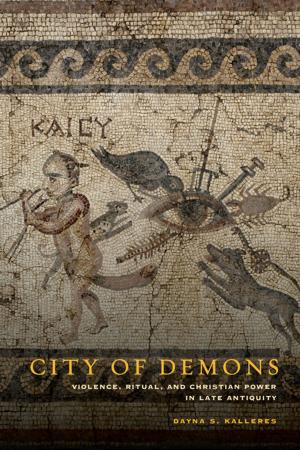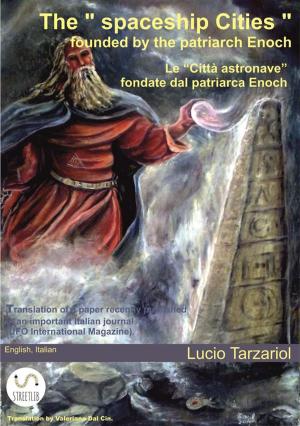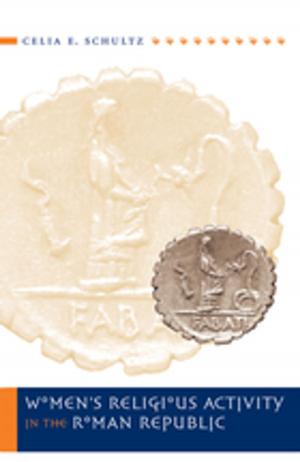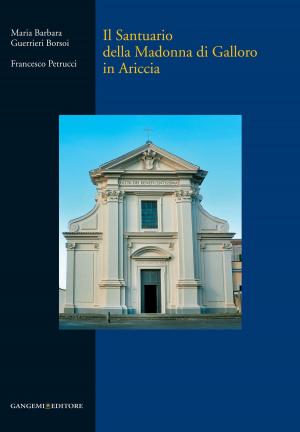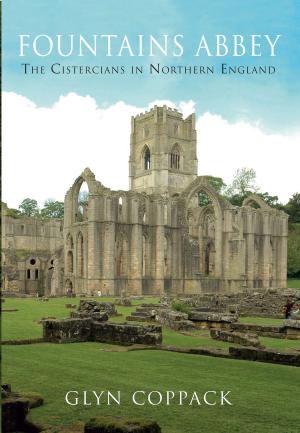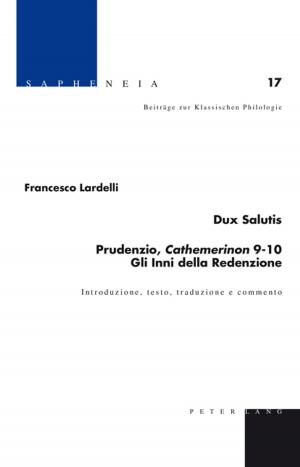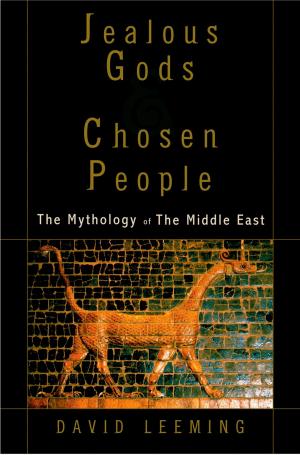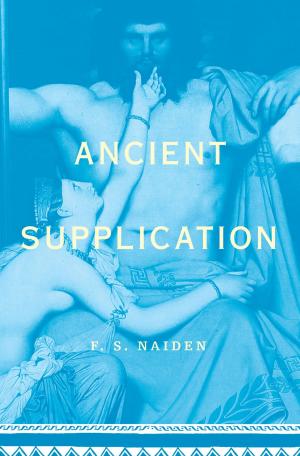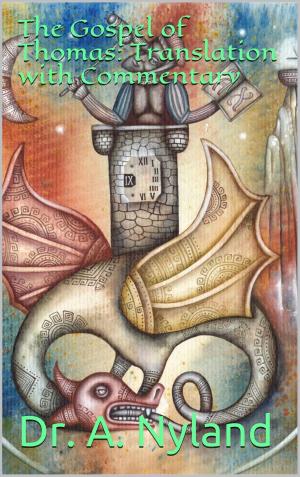The Jerusalem Temple Mount Myth
Nonfiction, Religion & Spirituality, Reference, Antiquities & Archaeology| Author: | Marilyn Sams | ISBN: | 9781310744020 |
| Publisher: | Marilyn Sams | Publication: | January 5, 2015 |
| Imprint: | Smashwords Edition | Language: | English |
| Author: | Marilyn Sams |
| ISBN: | 9781310744020 |
| Publisher: | Marilyn Sams |
| Publication: | January 5, 2015 |
| Imprint: | Smashwords Edition |
| Language: | English |
The Jerusalem Temple Mount Myth amasses over 200 ancient descriptions which overturn the unsubstantiated tradition that Solomon built his temple at the Dome of the Rock site or anywhere else on the alleged temple mount in Jerusalem. It particularly highlights critical, overlooked descriptions from Josephus which clearly identify this edifice as Fort Antonia--the Roman camp which guarded the temple and which the general Eleazar at Masada said was the only monument remaining after the destruction of 70 A.D. Important descriptions confirm that Mount Zion, a synonym for the temple and its location, was limited to the southeastern hill. Hence, according to Aristeas, the City of David/Jerusalem had its towers arranged in the “manner of theater,” the shape of the southeastern hill, excluding any northerly extension. The Talmud corroborates the boundaries of the city when it mentions Shiloah (the Gihon Spring) stood in the center of the city. Hecateus also locates the temple in the middle of the city and Aristeas tells of an abundant spring flowing under the temple there. Josephus claims the temple was built in the Kidron Valley, which is affirmed by Nehemiah’s description of the temple as the “great tower that lieth out,” near the water gate, which gave access to the Gihon Spring, just north of the royal palace. The account of Jossipon also mentions the Kidron Brook could be seen from above, immediately adjacent to the east wall of the temple. Byzantine pilgrimage accounts affirm they believed the 36-acre walled edifice was the Praetorium and that the Church of St. Sophia stood over the Dome of the Rock, while Eutychius declares the Christians did not build any church over the temple ruins. The pilgrims describe the temple ruins as near the waters of Shiloah. The beginning of the temple mount myth is traced through the later Byzantine and early Crusader accounts. Two chapters on the archaeology of the “temple mount” and the City of David compare the written histories with the remains on the ground. The results certify the correct interpretation of Christ’s prophecy that not one stone of the temple would be standing upon another, a stark contrast to the myth consisting of 10,000 Herodian stones, now called the Jerusalem temple mount.
The Jerusalem Temple Mount Myth amasses over 200 ancient descriptions which overturn the unsubstantiated tradition that Solomon built his temple at the Dome of the Rock site or anywhere else on the alleged temple mount in Jerusalem. It particularly highlights critical, overlooked descriptions from Josephus which clearly identify this edifice as Fort Antonia--the Roman camp which guarded the temple and which the general Eleazar at Masada said was the only monument remaining after the destruction of 70 A.D. Important descriptions confirm that Mount Zion, a synonym for the temple and its location, was limited to the southeastern hill. Hence, according to Aristeas, the City of David/Jerusalem had its towers arranged in the “manner of theater,” the shape of the southeastern hill, excluding any northerly extension. The Talmud corroborates the boundaries of the city when it mentions Shiloah (the Gihon Spring) stood in the center of the city. Hecateus also locates the temple in the middle of the city and Aristeas tells of an abundant spring flowing under the temple there. Josephus claims the temple was built in the Kidron Valley, which is affirmed by Nehemiah’s description of the temple as the “great tower that lieth out,” near the water gate, which gave access to the Gihon Spring, just north of the royal palace. The account of Jossipon also mentions the Kidron Brook could be seen from above, immediately adjacent to the east wall of the temple. Byzantine pilgrimage accounts affirm they believed the 36-acre walled edifice was the Praetorium and that the Church of St. Sophia stood over the Dome of the Rock, while Eutychius declares the Christians did not build any church over the temple ruins. The pilgrims describe the temple ruins as near the waters of Shiloah. The beginning of the temple mount myth is traced through the later Byzantine and early Crusader accounts. Two chapters on the archaeology of the “temple mount” and the City of David compare the written histories with the remains on the ground. The results certify the correct interpretation of Christ’s prophecy that not one stone of the temple would be standing upon another, a stark contrast to the myth consisting of 10,000 Herodian stones, now called the Jerusalem temple mount.

